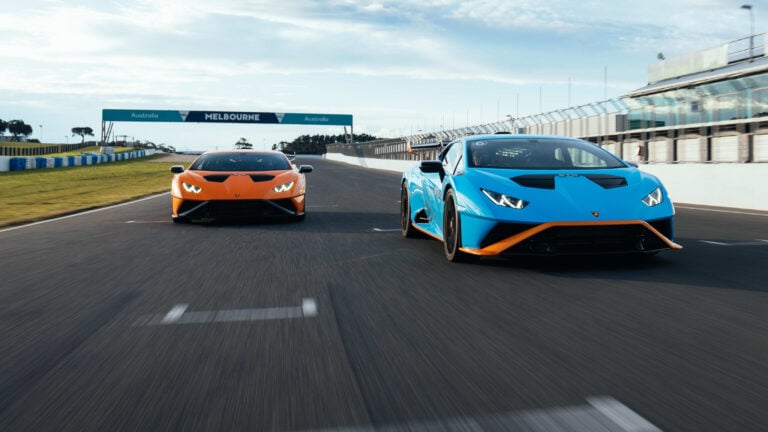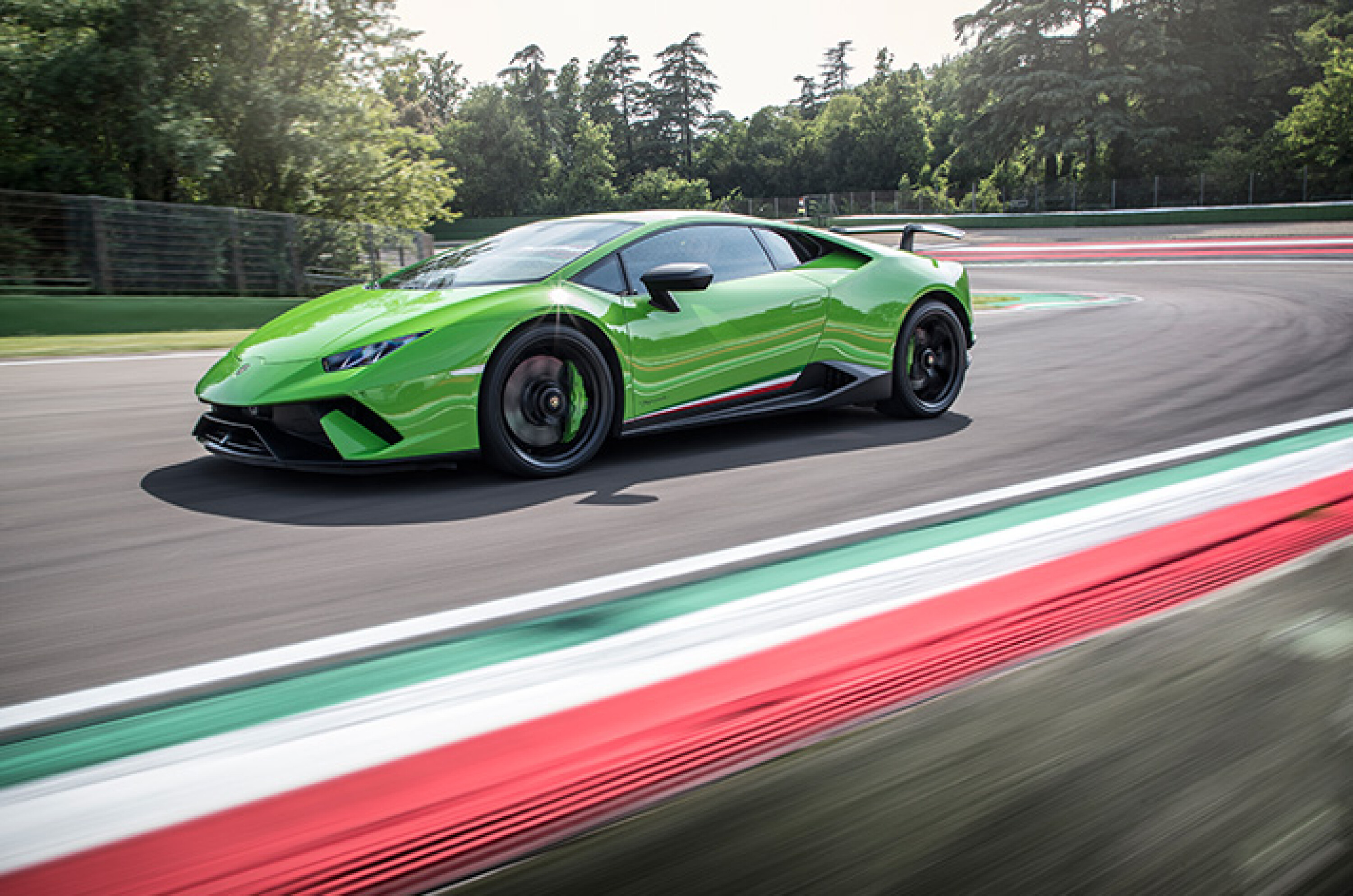Wait, what? The Huracán is dead? Well, not officially. But you can’t order one anymore.
Sant’Agata stopped taking orders for new cars way back in May, and is concentrating on fulfilling the existing order bank of Tecnica, STO and Sterrato models – the last of which will be built in July. So if you want a new Huracán, that train has sailed, my friend.
The Huracán achieved something that wasn’t always a strong point of Lamborghini. It got better and better with each passing year. It’d be easy to dismiss that as just dewy-eyed nostalgia – the creeping realisation that when this atmo V10 is gone, nothing of its ilk will be built again.

Yes, there is an element of only realising what you’ve got when it’s (nearly) gone, but there’s more to it than that.
The first Huracán LP 610-4 models that arrived in 2014 had the presence and, with 449kW to call upon, no little performance, but there was an element missing. Ferocity.
The Huracán had been benchmarked against Ferrari’s 419kW 458 Italia, a car that shared its natural aspiration and broadly similar performance.
But by the time the baby Lamborghini came to market, Ferrari had a bigger stick waiting in the wings in the form of the 493kW 488 GTB, a car that was faster, lighter and possessed of a considerably higher tuning ceiling than the Huracán. Within a year of launch, Lamborghini was playing catch up.

Its initial response was to not play Ferrari’s game. It launched the lighter, sweeter and less powerful rear-drive LP580-2, which was the first of its smart moves.
Suddenly the Lamborghini could be positioned as the purist’s choice against the turbocharged missile from Maranello. It then aced the 488 with the rather lovely LP640-4 Performante – all 471kW of it.
Ferrari countered with the 488 Pista, and then the F8 Tributo, which used the 530kW guts of the Pista to completely spike the guns of the 2019 Huracán LP640-4 EVO. But it was the final trio of Huracáns that showed Lamborghini at its very best.

Between them, the ballistic STO trackday special, the greatest-hits-collection LP640-2 Tecnica and the bonkers LP610-4 Sterrato rally-raid replica sent the Huracán out with the sort of flourish that merits a standing ovation for Stefan Winkelmann and his team. It’s like a nascent MBA case study into how to successfully breathe new life into ageing product.
By the time the final Huracán is delivered to its customer, the model line will have been in production for a decade.
In that time Ferrari has been through four cars as rivals. Yet we’ve seen glimpses of the next-gen Lambo, set to be powered by a hybridised 4.0-litre V8.

The Huracan’s biggest sales year was officially 2022, but that’s likely to be eclipsed by 2023’s figures.
In all, over 20,000 cars were sold across its lifespan, easily eclipsing the 14,022 figure of its Gallardo predecessor, notwithstanding long factory shutdowns due to the Covid pandemic. What’s more, it’ll leave a big hole in the range, as its successor is unlikely to arrive before 2026.
A Lamborghini deserves a V12. But the Huracán proved that a perfect 10 wasn’t a bad substitute.
Test notes
Of all the Huracán variants, our pick would be the Tecnica, offering the purity of the most powerful atmo V10 paired with rear-wheel drive, delivering great steering and buckets of handling adjustability. You still needed to be on your game though, as you would with any car with a foursquare footprint, huge tyres and an engine in the middle. From a technical perspective, the Huracán Tecnica had been left behind by the likes of Ferrari, but it delivered such fun you probably won’t care.
Improving the breed
Lamborghini didn’t always have a stellar reputation for sympathetic model development.
Look at the Countach, which turned from a svelte masterpiece to Vegas-era Elvis in its final days. Audi changed that, with the Diablo transforming into a better car, as did the Gallardo and Murcielago.
The Huracán did likewise, Sant’Agata listening to feedback and implementing well-judged quality, styling and dynamics upgrades.
We recommend
-
 News
News2023 Lamborghini Huracán Tecnica debuts
A new V10 model has been revealed from Lamborghini, as the Italian brand continues to refine the Huracán platform
-
 Reviews
Reviews2022 Lamborghini Huracan STO review: Track test
Mental V10 track car delivers talent and personality in equal measure
-
 Reviews
ReviewsLamborghini Huracan Performante review
The new Huracan Performante is the fastest Lamborghini ever






